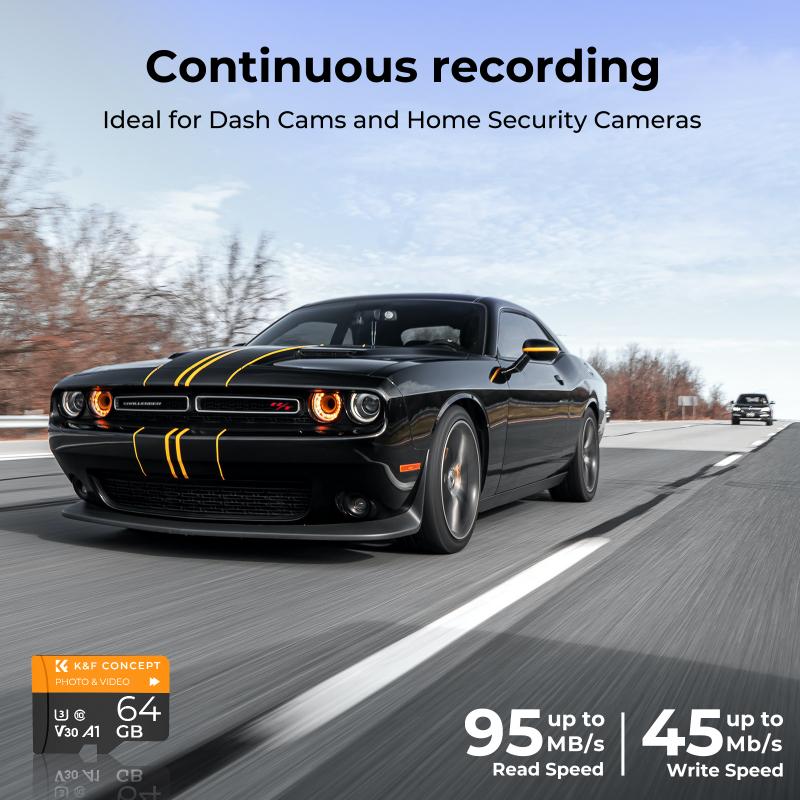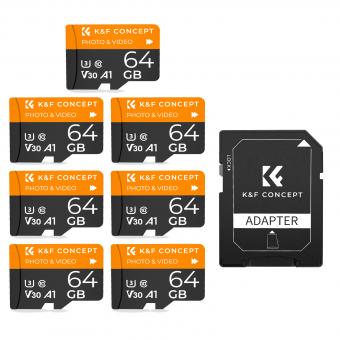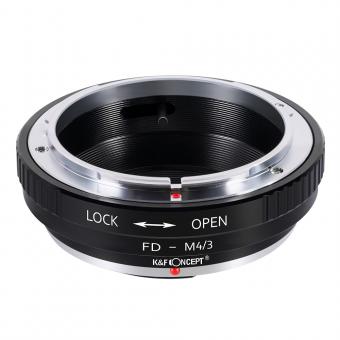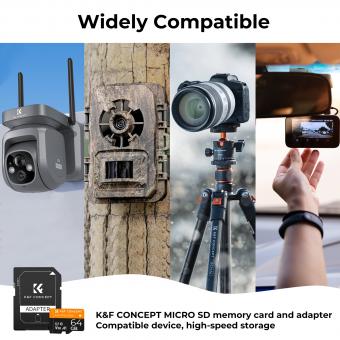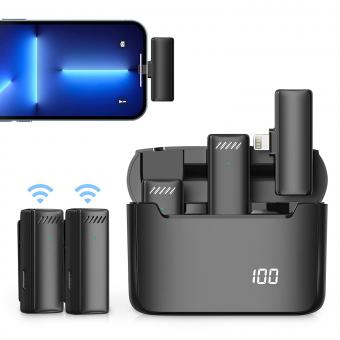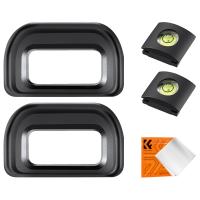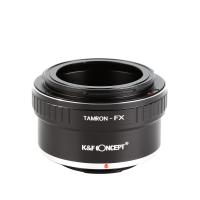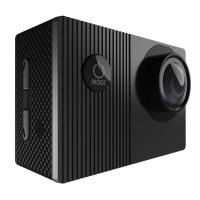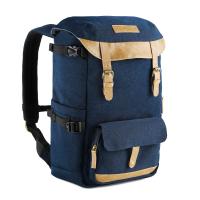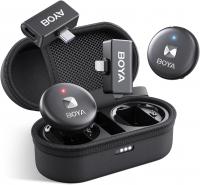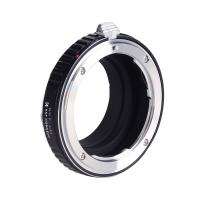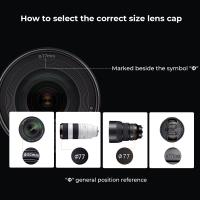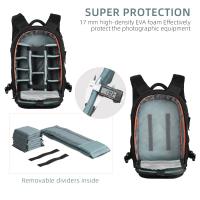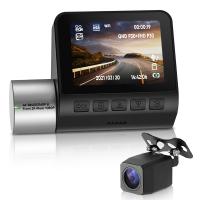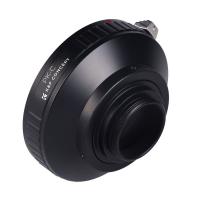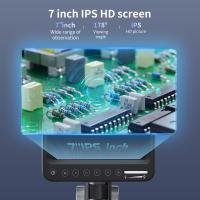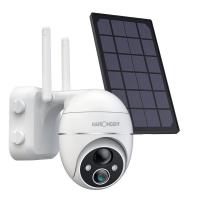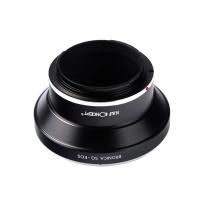How To Find Surveillance Cameras ?
To find surveillance cameras, you can start by looking for signs indicating their presence, such as "video surveillance" or "CCTV" signs. Additionally, you can search for cameras in public places like streets, parking lots, and buildings. Online directories or maps that list surveillance camera locations in your area may also be available. It's important to note that the use of surveillance cameras is subject to local laws and regulations, so make sure to respect privacy and legal boundaries when searching for or using surveillance camera information.
1、 Types of surveillance cameras and their features
How to find surveillance cameras:
1. Research online: Start by searching for surveillance camera suppliers or retailers in your area. Look for reputable companies that offer a wide range of camera options. Check their websites for product descriptions, specifications, and customer reviews.
2. Visit local security stores: Explore local stores that specialize in security systems and surveillance cameras. Speak with knowledgeable staff who can guide you through the different types of cameras available and help you choose the best option for your needs.
3. Seek recommendations: Ask friends, family, or colleagues who have installed surveillance cameras for their recommendations. They can provide valuable insights based on their personal experiences and help you find reliable camera brands or suppliers.
4. Consult with professionals: If you require a more advanced surveillance system, consider consulting with security professionals or CCTV installers. They can assess your specific requirements and suggest the most suitable camera types and features for your property.
5. Attend trade shows or exhibitions: Keep an eye out for security trade shows or exhibitions in your area. These events often showcase the latest surveillance camera technologies and provide an opportunity to speak directly with manufacturers and experts in the field.
Types of surveillance cameras and their features:
1. Dome cameras: These cameras are commonly used in indoor settings and have a dome-shaped casing that makes it difficult for intruders to determine the direction the camera is facing. They offer a wide field of view and are often equipped with pan, tilt, and zoom capabilities.
2. Bullet cameras: Bullet cameras are typically used for outdoor surveillance. They have a long, cylindrical shape and are highly visible, acting as a deterrent to potential intruders. They are weatherproof and often equipped with infrared night vision.
3. PTZ cameras: PTZ stands for pan, tilt, and zoom. These cameras can be remotely controlled to move horizontally and vertically, providing a wide coverage area. They are ideal for large spaces that require active monitoring.
4. Wireless cameras: Wireless surveillance cameras offer flexibility in terms of installation and can be easily moved or repositioned. They transmit video signals wirelessly to a receiver, eliminating the need for extensive wiring.
5. Thermal cameras: Thermal cameras use heat signatures to detect movement and are particularly useful in low-light or no-light environments. They can detect intruders even in complete darkness and are commonly used in perimeter security.
6. IP cameras: IP cameras are connected to a network and can be accessed remotely through the internet. They offer high-resolution video quality and advanced features such as motion detection and facial recognition.
7. Smart cameras: Smart cameras are equipped with artificial intelligence (AI) capabilities, allowing them to analyze video footage in real-time. They can detect specific objects or behaviors, send alerts, and even integrate with other smart home devices.
It is important to note that the surveillance camera industry is constantly evolving, with new technologies and features being introduced regularly. Staying updated with the latest advancements can help you make informed decisions when choosing surveillance cameras for your security needs.

2、 Common locations for surveillance cameras in public spaces
How to find surveillance cameras:
Finding surveillance cameras in public spaces can be a challenging task, as they are often strategically placed to monitor specific areas. However, there are a few methods you can employ to locate them:
1. Observe the surroundings: Look for small, dome-shaped or box-shaped devices mounted on walls, ceilings, or poles. These cameras are often inconspicuous and blend in with the environment.
2. Follow the wires: Surveillance cameras are usually connected to a power source and a recording device. Look for wires running along walls or ceilings that may lead you to the camera's location.
3. Look for signs: In many countries, public spaces with surveillance cameras are required to display signs indicating their presence. These signs may be posted on walls or displayed near entrances.
4. Use technology: There are smartphone apps and websites available that can help you locate surveillance cameras in your area. These apps use crowdsourced data or public records to map out the locations of known cameras.
Common locations for surveillance cameras in public spaces:
Surveillance cameras are commonly found in various public spaces to enhance security and monitor activities. Some common locations include:
1. Entrances and exits: Cameras are often placed near entrances and exits to monitor people entering or leaving a building or public space.
2. Parking lots: Cameras in parking lots help deter theft, vandalism, and monitor vehicle activity.
3. Streets and intersections: Surveillance cameras are frequently installed at busy intersections and along streets to monitor traffic flow and capture footage in case of accidents or crimes.
4. Public transportation hubs: Cameras are commonly found in airports, train stations, and bus terminals to monitor passenger safety and prevent criminal activities.
5. Government buildings: Surveillance cameras are often installed in and around government buildings to enhance security and monitor public areas.
6. Retail stores: Cameras are commonly used in retail stores to prevent theft, monitor customer behavior, and ensure employee safety.
It is important to note that the placement of surveillance cameras may vary depending on the specific security needs and regulations of each location. Additionally, with advancements in technology, surveillance cameras are becoming more discreet and harder to detect.
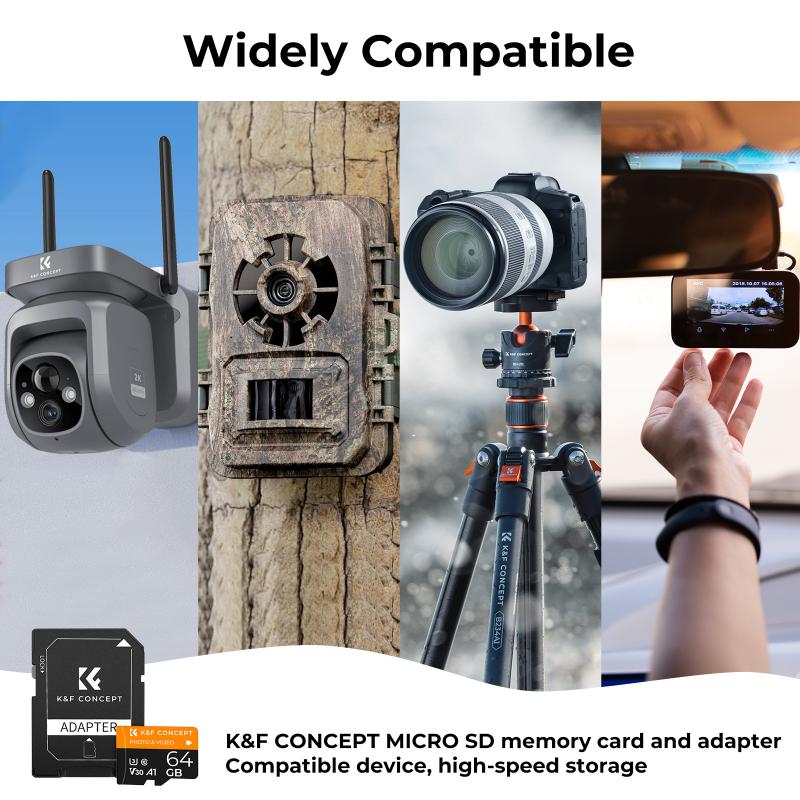
3、 Techniques for identifying hidden surveillance cameras
Techniques for identifying hidden surveillance cameras have evolved over the years, thanks to advancements in technology. While it is important to respect privacy and adhere to legal guidelines, there are legitimate reasons for wanting to locate surveillance cameras, such as ensuring personal security or identifying potential threats. Here are some methods to find surveillance cameras:
1. Visual Inspection: Conduct a thorough visual inspection of the area you suspect may have hidden cameras. Look for any unusual or out-of-place objects, such as small holes, wires, or blinking lights. Cameras are often disguised as everyday objects like smoke detectors or wall clocks.
2. Radio Frequency (RF) Detectors: RF detectors can help identify wireless cameras by detecting the radio frequencies they emit. These devices can scan the area for signals and alert you if there is a camera nearby.
3. Infrared (IR) Scanning: Infrared cameras emit heat signatures that can be detected using an IR scanner. This method is particularly useful for identifying hidden cameras in low-light or dark environments.
4. Wi-Fi Network Scanning: Some surveillance cameras connect to Wi-Fi networks for remote monitoring. By scanning for nearby Wi-Fi networks, you may be able to identify cameras that are transmitting signals.
5. Thermal Imaging: Thermal imaging cameras can detect heat signatures emitted by electronic devices, including surveillance cameras. This method can be effective in identifying cameras that are powered on and generating heat.
It is important to note that these techniques should be used responsibly and within the boundaries of the law. Always respect the privacy of others and seek legal advice if necessary. Additionally, as technology advances, new methods for identifying hidden surveillance cameras may emerge, so staying updated with the latest developments is crucial.

4、 Legal considerations and privacy issues related to surveillance cameras
Legal considerations and privacy issues related to surveillance cameras are important factors to consider when attempting to find surveillance cameras. While it is possible to find surveillance cameras in public spaces, it is crucial to understand the legal framework surrounding their use and respect individuals' privacy rights.
To find surveillance cameras, one can start by observing their surroundings. Look for signs indicating the presence of surveillance cameras, such as warning signs or visible camera equipment. Public places like banks, shopping malls, airports, and government buildings often have visible surveillance cameras for security purposes.
However, it is essential to note that the use of surveillance cameras must comply with local laws and regulations. Different jurisdictions have varying rules regarding the placement and use of surveillance cameras. Some areas may require businesses or individuals to obtain permits or notify the public about the presence of cameras. It is crucial to research and understand the specific laws in your jurisdiction to ensure compliance.
Privacy concerns are also a significant consideration. While surveillance cameras can enhance security, they can also infringe upon individuals' privacy rights. The use of surveillance cameras should be proportionate to the intended purpose and should not unduly invade people's privacy. For instance, cameras should not be placed in private areas such as restrooms or changing rooms.
In recent years, there has been an increasing focus on the balance between security and privacy. Some jurisdictions have implemented stricter regulations to protect individuals' privacy rights. For example, the European Union's General Data Protection Regulation (GDPR) sets guidelines for the use of surveillance cameras, emphasizing the need for transparency, consent, and data protection.
In conclusion, finding surveillance cameras involves observing the surroundings and looking for signs or visible equipment. However, it is crucial to consider the legal framework and privacy concerns associated with their use. Staying informed about local laws and regulations and respecting individuals' privacy rights are essential when dealing with surveillance cameras.
